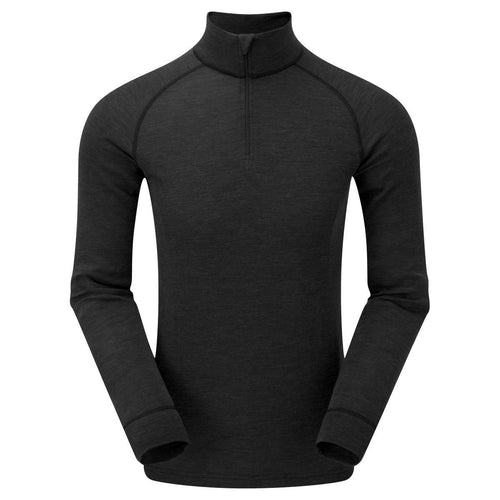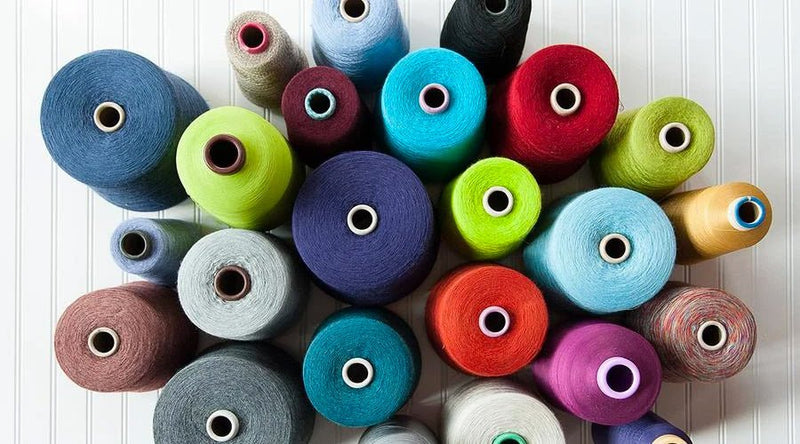Useful Merino Wool Base Layer Blog
Wiki Article
What Makes Yak Wool Merino So Sought-After As A Base Layer In Winter Sportswear?
Because of the combination and benefits of both yak and Merino Wool, Yak base layers work well for winter sportswear. It has hollow fibres that retain air to create a great insulation. When it is combined with merino Wool which has superior insulation properties, the fabric provides superior warmth, keeping the body comfortable even in frigid temperatures.
Merino wool is moisture-wicking meaning it is able to draw water away from your body and release it into the air. It keeps you dry. The yak wool is also water-wicking, and is a perfect match for merino wool. This combination helps regulate body temperature by keeping moisture away from the skin during intense exercise in cold weather.
Merino Wool is well-known for its comfort and softness. The fine fibers of Merino Wool are less likely than other wools to cause irritation. Mixed with yak, which is smooth and soft fibers, the fabric is a comfortable garment to wear.
Odor Resistant- Merino and yak wool both contain antimicrobial properties that assist in stopping the development of bacteria that produce the odor. This makes the clothing more fresh for longer, even during extended use.
Durability Its durability Yak is a strong and durable fiber. When coupled with merino, this fabric can handle the wear and tear caused by outdoor activities and sports.
Temperature Regulation Yak merino's base layer regulates your body's temperature and keep your body warm during cold weather conditions. They are also breathable to help prevent overheating when engaging in intense sports.
Merino Wool and Yak wool are biodegradable, renewable fibers that make them eco-friendly options for winter sportswear.
This combination of qualities is what makes yak Merino wool Base Layers very effective winter sport clothing. They provide warmth, comfort, and moisture management for outdoor activities, in cold climates. Check out the top rated merino wool base layers for more examples including smartwool 250 women's, merino wool underlayer, merino base layer cycling, best long underwear for skiing, merino base layer, smartwool 250 women's, mens wool long johns, smartwool long sleeve shirt, smartwool merino 250, smartwool quarter zip and more.

What Are The Advantages Of Wearing Bamboo Clothes With Regards To Thermal Regulation And Uv Protection, Biodegradability, And Environmental Impact.
Thermal Regulation- Bamboo clothing has many benefits, including protection from UV rays, biodegradability, as well as environmental impacts.
Insulation- Bamboo fabric provides warmth during colder weather, while being cool and breathable. It assists in regulating body's temperature by retaining heat in cooler conditions and allows for ventilation to allow overheating to be kept from happening when exercising.
UV Protection
Bamboo fabric is naturally impervious to harmful UV rays. It is able to block a major part of the UV radiations from the sun and provides a further layer of protection against exposure to sunlight.
Biodegradability-
Environmentally Friendly - Bamboo clothes can be biodegradable. They are able to break naturally and do not pollute the environment. This decreases the amount of waste and the environmental impact of clothes that are thrown away.
Environmental Impact-
Sustainable - Bamboo as a raw material is highly eco-friendly. It is a plant that grows rapidly that does not require pesticides and chemical fertilizers. It is a renewable resource because of its rapid development.
Bamboo has a lower water requirement when compared to cotton and other crops. This makes it more efficient in terms of water use. This can help reduce the use of water and lessens pressure on resources.
Soil Conservation
Soil Health: The cultivation of bamboo doesn't usually deplete soil nutrients or require extensive irrigation. Bamboo cultivation contributes to healthier soil conditions and reduces use of harmful methods for agriculture.
Carbon Sequestration
Carbon Absorption- Bamboo plants can absorb more carbon dioxide and release more oxygen to the atmosphere compared to some other species. This attribute aids efforts to fight climate change through decreasing carbon emissions.
Bamboo's ability to regulate temperature in clothing and its UV protection its biodegradability and its positive impact on the environment are reasons why it is a top choice among those looking for eco-friendly and sustainable clothing. These characteristics are in sync with sustainable practices that provide benefits to the wearer as well as for the environment. Check out the top rated bamboo clothings for site examples including bamboo childrens clothing, bamboo fishing shirts, bamboo exercise clothing, bamboo fitness clothing, bamboo pants womens, faceplant pajamas, bamboo yoga leggings, bamboo clothing sustainable, childrens bamboo socks, bamboo maternity and more.

What Is The Difference Between Merino And Wool Clothing?
Compare the textures, warmth and absorption of merino, bamboo and traditional wool clothes.
Merino WoolMerino Wool Merino wool is known for its softness and fine fibers. It offers more smooth and less scratchy texture than traditional wool. It is thought to be more relaxing.
Bamboo ClothingBamboo clothing is silky and smooth, often compared to luxurious materials such as cashmere or silk. Bamboo clothing has a delicate and soft texture that makes it comfortable to wear.
Traditional Wool- The feel can differ. Certain kinds of wool might feel coarser or more prone to cause irritation or itching when compared with merino and bamboo clothing.
Warmth-
Merino Wool - Merino is a great wool for warmth because of its properties for insulation. It holds heat even when it is damp and provides effective in insulating colder climates.
Bamboo Clothing - Bamboo clothing is warm but does not have the same insulation level that merino does. However, it regulates body temperature well, providing comfort in various conditions.
Traditional Wool - Just like merino, traditional wool is warm and insulating. However, it can be more heavy, or bulkier than bamboo and merino clothing.
Moisture Absorption-
Merino Wool Merino Wool's moisture-wicking ability allows moisture to escape the skin. Even when it is wet, the wool remains warm.
Bamboo Clothing: Bamboo fabric also has the ability to wick moisture, drawing moisture away from the skin while providing the comfort needed during physical activity. It regulates moisture well while keeping the wearer dry.
Traditional Wool- Although wool can hold in moisture, it might not have the same moisture-wicking properties as bamboo or merino fabric. Certain kinds of wool feel damp or heavy when it is wet.
Merino wool is renowned for its warmth, softness and moisture-wicking abilities. Bamboo clothing is soft and silky. It's warm. It also regulates the amount of moisture. The texture of wool is varied and used to provide warmth and moisture absorption as well as an incredibly soft feeling. But it could feel heavier and coarser when compared to merino clothes or bamboo clothing. Each type of material has its own characteristics that cater to different clothing preferences and needs. See the top rated bamboo winter clothing for blog tips including best base layer for skiing, merino base layer mens, ll bean merino wool base layer, smartwool long underwear, merino wool ski base layer, merino wool first lite, smartwool 250 base layer bottoms, ice breaker thermals, smartwool long sleeve, ll bean merino wool base layer and more.
